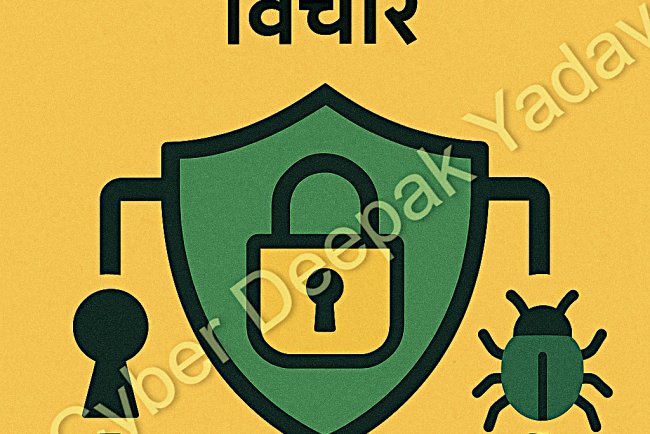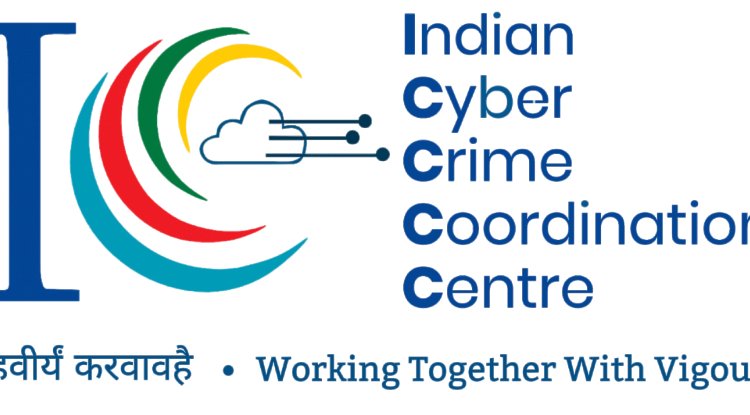Draped in Danger: The Dark Side of the Saree Trend on Instagram
The viral saree trend on Instagram isn’t all glam. Discover the hidden dangers, from cyber exploitation to digital harassment, and learn how to stay safe online while embracing your fashion sense.
The saree, a timeless symbol of grace, culture, and tradition in India, has recently made a digital comeback. From fashion influencers to everyday users, Instagram is flooded with reels and photos showcasing innovative saree drapes, glamorous styling, and bold transformations. What once was primarily a festive or ceremonial attire has now become a viral social media trend, especially among Gen Z and millennials.
While celebrating culture is important, the saree trend on Instagram also comes with hidden dangers. From body shaming and unrealistic beauty standards to cyber harassment and privacy risks, what looks harmless and fashionable on the surface can quickly turn into something damaging.
This blog explores why the saree trend has gone viral, the dangers it poses, real-life evidence, and how users can protect themselves while participating in it.
Why the Saree Trend Went Viral
- Cultural Nostalgia Meets Modern Aesthetics – Many young Indians are reconnecting with their roots, and the saree offers the perfect blend of tradition and contemporary appeal.
- Influencer & Celebrity Effect – Bollywood actresses, influencers, and fashion bloggers have played a key role in reviving the saree as a statement piece.
- Algorithm Push – Instagram’s reels and Explore page heavily promote eye-catching content, and the saree—with its vibrant colours and flowing silhouettes—stands out.
- DIY Fashion Creativity – Young creators experiment with different drapes, mixing sarees with crop tops, jackets, or sneakers, making the attire more relatable to modern audiences.
The Hidden Dangers of the Saree Trend
1. Objectification and Body Shaming
Many viral saree reels focus less on the attire and more on showcasing body curves. This often invites unsolicited comments, trolling, or even sexual harassment online. At the same time, curated and filtered posts create unrealistic beauty standards, leading to body image issues for those who don’t “fit the frame.”
2. Cyber Harassment and Misuse of Images
Photos and videos shared on Instagram are not always safe. Strangers can download, edit, or misuse saree content without consent. Deepfakes and morphing incidents are rising, where innocent reels are transformed into explicit content. This is especially dangerous for young women experimenting with viral trends.
3. Cultural Dilution and Misrepresentation
The saree is more than just a fashion statement—it’s part of India’s cultural heritage. Over-sexualised portrayals on Instagram can misrepresent the attire, reducing its identity to just a “hot trend,” which can be offensive to cultural sentiments.
4. Mental Health Impact
The pressure to go viral pushes creators to post increasingly bold or revealing content. Constant comparisons with influencers, perfect lighting, filters, flawless makeup—can trigger anxiety, low self-esteem, and FOMO (Fear of Missing Out).
Real Evidence & Statistics
|
Type |
What’s Found |
|
Gendered harassment on Instagram |
Women report significantly higher rates of sexual harassment via comments—roughly 16% of women vs 5% men in one study. Also, women are more likely to endure stalking online. ResearchGate |
|
Trolling of fashion/content creators |
In “Persisting misogyny …” female content creators say they receive a lot of demeaning or sexual comments just for their posts. The study examines the negative emotional and psychological effects. ResearchGate |
|
Blame it on clothing choice |
Studies such as “Legal Reforms …” show many in society believe clothing/dress choice (how modest, how revealing) contributes to or justifies harassment, shifting blame onto the victim. IJFMR |
|
Impact on engagement/platform usage |
From the global survey:58% of girls have experienced online harassment; on Instagram specifically, about 23%. Many have reduced use of platforms or changed their posts/expressions after harassment. Plan International |
How These Apply to the Saree Trend
- Comments section vulnerabilities: When someone posts a saree reel, especially stylised or revealing, they may face sexualized remarks or trolling. The 16% vs 5% statistic suggests the risk is substantially higher for women.
- Blame culture: Wearing a saree is traditional, but in certain contexts (Instagram/fashion), the person may be judged or blamed for “inviting comments” simply because of dress style—even though harassment is never justified.
- Pressure & mental toll: As creators see others with high engagement for bold, polished saree content, they may feel forced to mimic that,even if uncomfortable or unsafe. Over time, this can contribute to anxiety or lower self-esteem.
- Behaviour changes: The study showing girls stop posting or reduce platform usage after harassment means that saree trend followers might self-censor, hide, or stop sharing because of fear.
How to Stay Safe While Joining the Trend
Privacy First
- Use Instagram’s privacy settings to control who can see, share, or comment on your reels.
- Avoid posting content that reveals your location, house interiors, or personal details.
Be Authentic, Not Performative
- Don’t fall into the trap of imitating hyper-sexualised or unsafe versions of the trend. Style your saree in ways that make you feel comfortable.
Handle Harassment Proactively
- Report and block accounts that leave offensive or harassing comments.
- Document harassment (screenshots) in case escalation or legal action is needed.
- Seek support (friends, online groups, or forums) if harassment affects your mental health.
Limit Comparisons
- Remember: Most influencers use filters, editing tools, and professional setups. Your value isn’t tied to likes and views.
Protecting Your Content
- Add subtle watermarks or avoid posting very high‐resolution versions that can be misused.
- Be mindful where, when, and how you shoot (public place, background, who else might appear, etc.).
The saree trend on Instagram is a double-edged sword. On one hand, it celebrates culture, boosts creativity, and allows young people to reconnect with their traditions. On the other side, it carries real dangers of objectification, cyber harassment, cultural misrepresentation, mental health strain, and victim-blaming.
By using strong evidence, studies showing high rates of harassment, society blaming dress choices, and many girls reducing usage or modifying content after abuse, we can see that these dangers are not hypothetical. They are happening.
Fashion should empower, not endanger. By approaching the saree trend with awareness, caution, and responsibility, we can ensure that this cultural revival remains a celebration of heritage, not a breeding ground for harm.
What's Your Reaction?
























